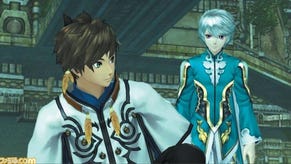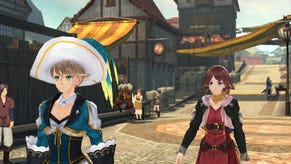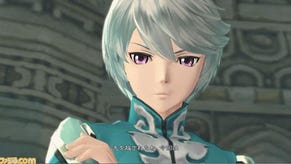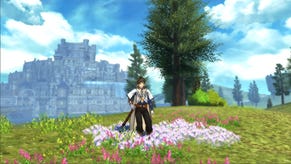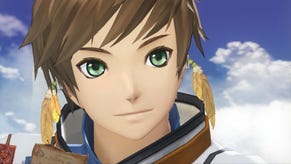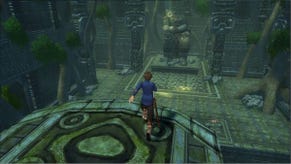Tales of Zestiria PS4 Review: Boy Meets World
Mike takes a look at his first Tales game. What will he find?
This article first appeared on USgamer, a partner publication of VG247. Some content, such as this article, has been migrated to VG247 for posterity after USgamer's closure - but it has not been edited or further vetted by the VG247 team.
This is the first Tales series game I've ever played. That's not to say I was avoiding the series. I have a copy of Tales of Symphonia lying around here somewhere and I fully intended to play it at some point. I just had a number of games ahead of it on the queue - various Final Fantasies, Dragon Quests, and Disgaeas - and I never got around to it. So, into the deep I go.
Tales of Zestiria is the story of Sorey (pronounced Soar-Ray) a young man who's been living in the town of Elysia alongside the mythical Seraphim. The seraphim exist alongside humanity, but they're invisible to the average human so they're sometimes revered and worshiped as local protectors. Sorey has lived amongst the seraphim for so long that he can see them naturally - a phenomenon called resonance - which helps because his best friend Mikleo is one of them. When a young woman is found during Sorey and Mikleo's ruin explorations, what she tells Sorey about the world below kicks off a quest that will make him the Shepherd, the world's chosen hero.
When I brought up that Zestiria was going to be my first Tales game, someone on Twitter told me that the entire series was "Anime: The JRPG". I can back up that statement. Zestiria's plot is not amazing, it's earnestly straight-forward and predictable. (The only surprising thing that happened was that one character left the party and never returned. What the hell, Bandai Namco?) Sorey's the chosen one, the only person who can purify humans and seraphim tainted by the evil force called Malevolence and turned in Hellions. It's up to him and his crew of elemental-based seraphim to go around cleaning up towns and dredging ruins for more power to defeat the Lord of Calamity. (Ganondorf still needs work in the Zelda off-season.)

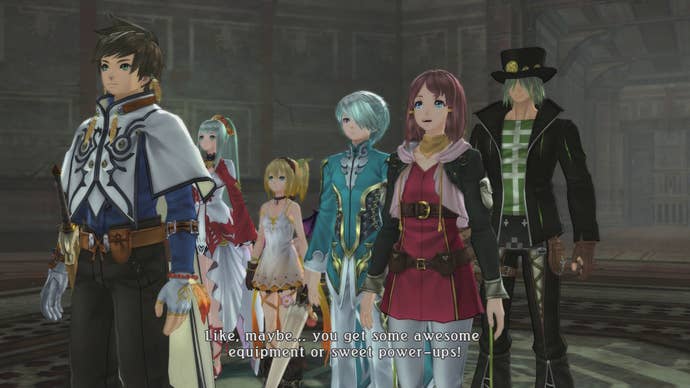
It's a great cast. The story isn't any great shakes, but the cast kept me playing. Sure, they're all character types you've seen before in various anime: the upbeat and somewhat dense Sorey, straight man Mikleo, proper lady Lailah, loli kuudere Edna, the revenge-driven Dezel, etc. Brought together they're all pretty fun. They play off each other well, to the point that I would stay to watch the after-combat vignettes and the various save point skits that were available. Hell, even Edna, a collection of various tropes that tend to annoy me elsewhere, grew on me relatively soon after she joined the party. I also appreciated the variance in the character designs, running the gamut of fully-clothed to somewhat-naked; there's something for everyone. A great cast of characters can make an average story better and that's the case with Zestiria.
Combat is equally enjoyable, which is why it's surprising how little of it there is at times. (Warning: the combat camera can be really bad at times.) The game keeps track of your overall playtime and time spent in battles; on average, a tenth of my overall playtime was spent on combat. Zestiria features what Bandai Namco calls the "Linear Motion Battle System", which is based around combo-heavy action gameplay. The basic concept is a rock-paper-scissors system of abilities called Artes: Martial Artes, Seraphic Artes, and Hidden Artes. Each Arte type trumps one of the other types, putting enemies into a vulnerable state for higher combos.
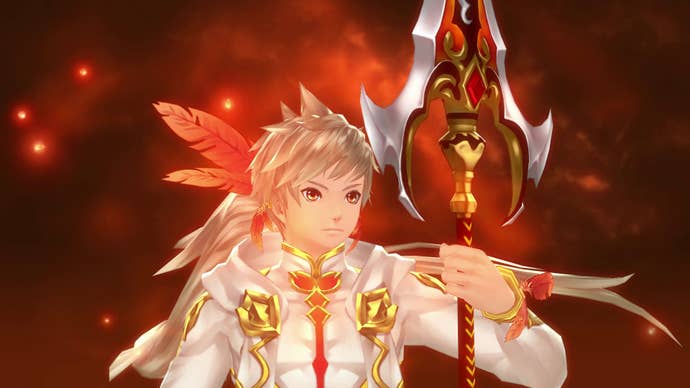
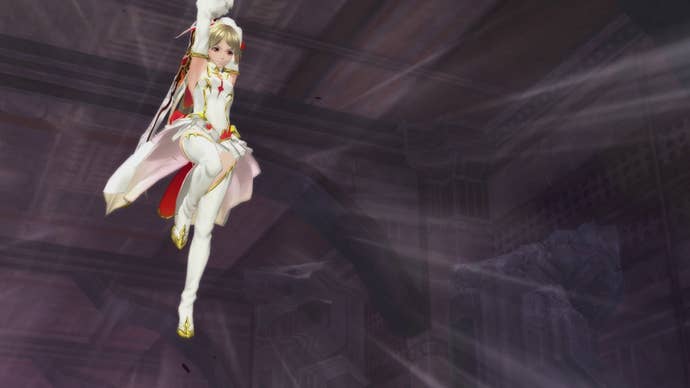
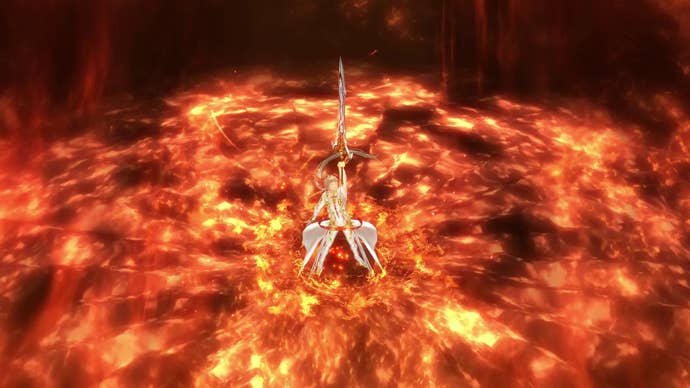
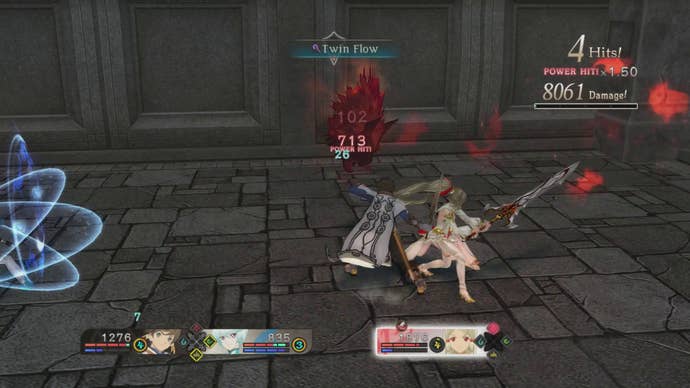
On top of that, there's an elemental weakness system allowing you to push your combo damage higher and higher. You normally control Sorey, backed up by his human companion and the seraphim, each of whom correspond to the elements: Water, Fire, Earth, and Wind. At any point, you can only have the two human characters and two seraphim on the playing field, limiting your party composition options though you can switch seraphim on the fly. You'll need to switch in order to accurately target opponents' weak spots. In addition, you can Armatize, combining a human character with their currently-linked seraphim to become a stronger elemental form. Not only is it useful in combat, but the Armatized forms are suitability "anime final form" in their designs, so it makes you feel cool to use them.
I respect that Bandai Namco is open to the idea that players may not enjoy certain aspects of their combat system. The base movement system in-combat locks you to your target by default, meaning you move along a straight line drawn between you and the target. To free-roam around the battlefield, you have to hold down a trigger. I couldn't mentally get my head around that, but Zestiria allows you to use Battle Actions to turn on and off various parts of the combat system. Some of the them are crutches, letting the game handle things like blocking, but others allows for different effects. One let me change the base control system so that holding down the trigger would drop me into Linear Motion, like a lock-on.

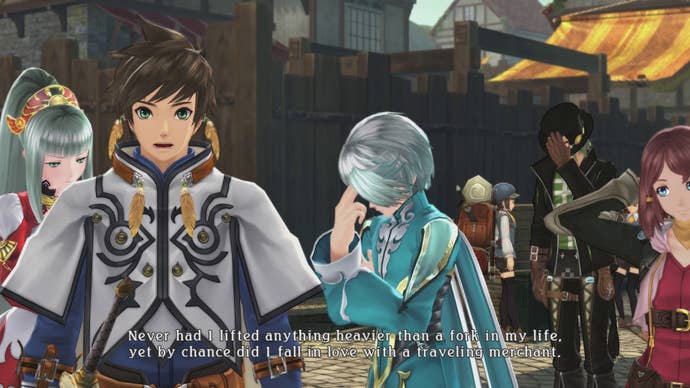
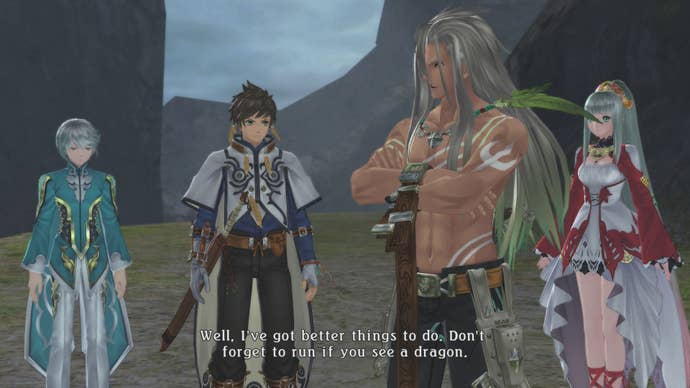

That malleability extends to other things like Artes and Equipment, which you can change up in-combat to fully exploit your foes. I enjoy this option far more than heading blind into a battle only to realize you don't have the the right stuff equipped.
Where Tales of Zestiria stumbles first is its progression system.
Every series of games has a certain lexicon, and learning to play it is like learning a language. You're conversing with the game; learning to what to do and how to accurately use certain systems is easier when you've started at the beginning. Giving one of the current Disgaea games to someone who's never touched the series, or even a tactics strategy title at all, is a hard proposition. There's a whole host of previous systems and concepts that I'm carrying as a Disgaea fan that to make it easy for me to understand Disgaea 5. You may not have that same knowledge to draw on. I'm lacking that with Tales.
Zestiria has one of the more obtuse and opaque progression systems I've played with in any RPG. It's layered: there's basic levels, equipment that carries various skills, and character-specific titles. There's item progression, where the longer an item is equipped, the better it becomes. There's weapon fusion, allowing you to bring together two items of the same name to create a stronger version. There's the normin, creatures you can find in the world that offer up one-time skill bonuses for items.
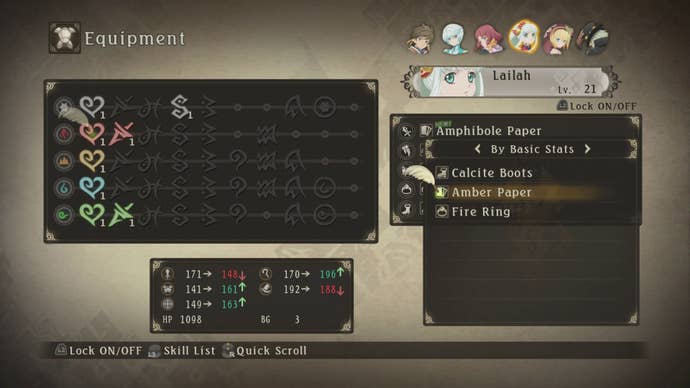
The issue comes with the skill sheet for the equipment menu. Skills each have a certain icon on a 5x10 grid and depending on what icons are active, you'll get bonus skills. These bonuses are pretty strong; the best is the G-Union bonus, which offers a +20 to all stats if you have a straight vertical line of active skill icons. This means it's not best to simply equip the latest and greatest items. Hell, it's not even recommended. Instead, you want to focus on getting the right grid of icons together. Zestiria understands this, which is why the game lets you equip items straight from this skill grid.
This means your characters will be equipped with a hodgepodge of various gear, some of which you gained from a few areas back. In addition, the item proficiency system means your equipment is getting better while you use it. It's a huge juggling act just to perform slightly better in some cases and all told, it's horribly unsatisfying. You don't feel like you're moving forward most of the time.
If visual fidelity is your highest priority, you might also want to temper your expectations. As I was playing, I found myself wondering if the PlayStation 4 version of Zestiria was a port from a PS3 version, a fact I later confirmed. The characters look good, but the backgrounds and environments are sparse and clearly a holdover from the older system.

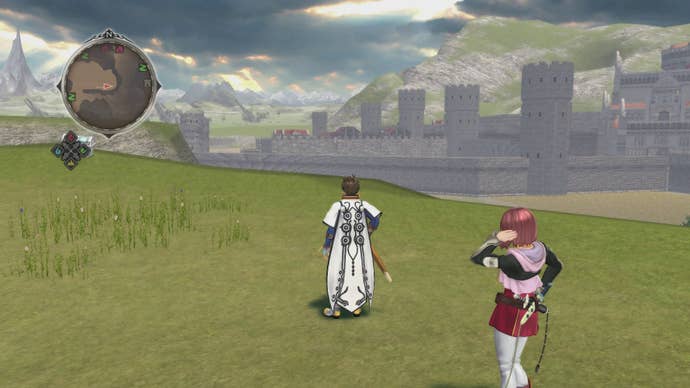
The dungeons are drab and boring for the most part, lacking the extra assets to make them feel like a real places. And for some reason, the combat is also locked at 30 fps, though I'd guess the PS4 could probably run this at 60 fps with no issues. (I assume the abilities or AI are probably tied to the framerate, which justifies the lock.) I'd hazard that many players interested in Zestiria aren't going to be affected by the lack of visual horsepower, but it's worth mentioning.
As my first outing in the series, Tales of Zestiria was an enjoyable one. It's not the best JRPG I've ever played. It's probably not even in my top 10, but in the midst of all the CRPGs and western RPGs I've played lately, it's a good palate cleanser. It's also a solid gateway into the rest of the series, meaning I'll keep an eye on the upcoming Tales of Berseria to see if they fix some of the things I disliked by this game. If you already talk the Tales language, you'll probably enjoy Zestiria more than I did, but for me it was still a good JRPG romp with a great cast. If that's not your thing, the characters will be showing up in the Tales of Zestiria anime adaptation next year.
Lasting AppealOutside of the main quest, there's still things to find and extra-powerful hellions to destroy.
SoundThe soundtrack is okay, but some of the dungeon tracks really punch it up a notch
VisualsThe main characters look good, but it's obvious that this was a PlayStation 3 title at one point.
ConclusionThe dungeons are boring, the open world is sparse, and the skill system is obtuse, but a great cast keeps Tales of Zestiria moving forward. Between the cast and the combo-heavy combat system, JRPG fans will find a good deal of fun here.



